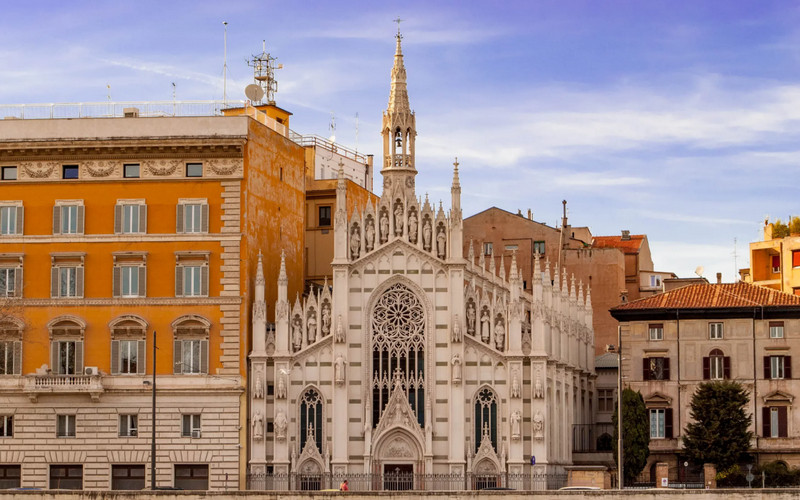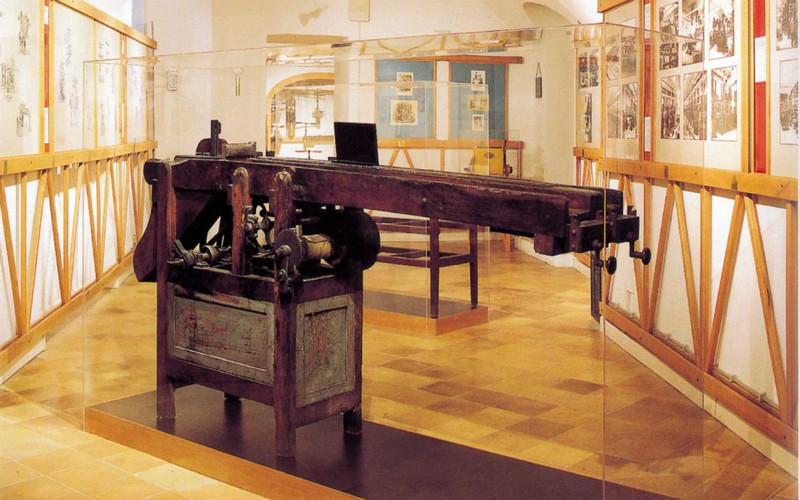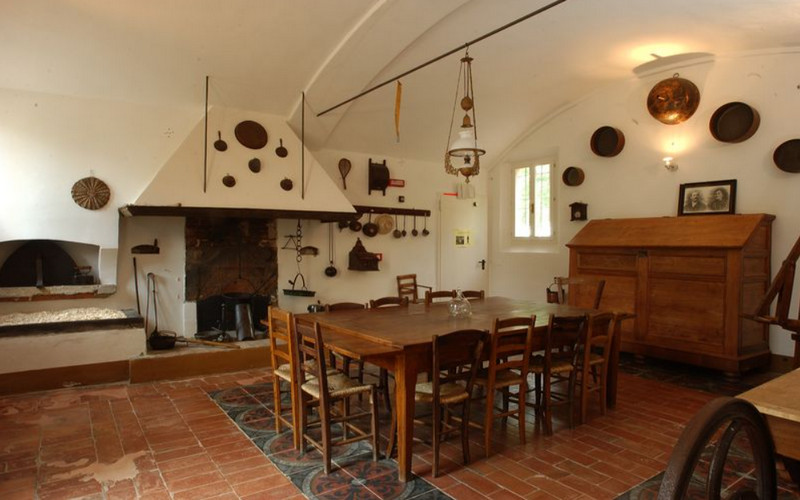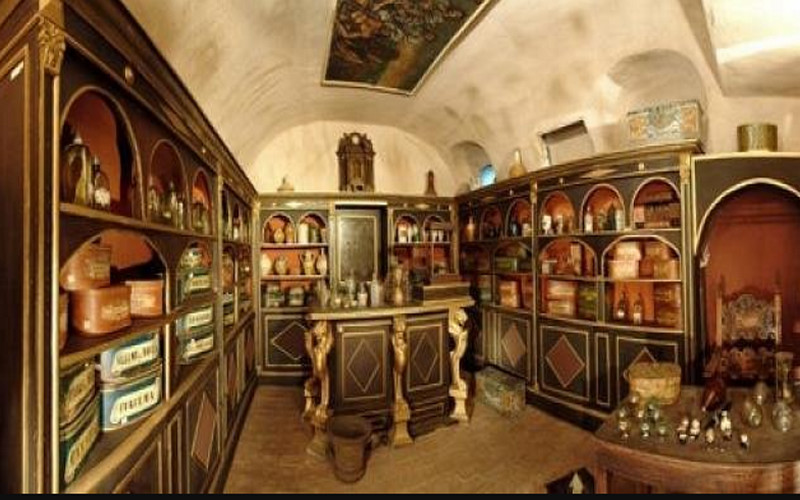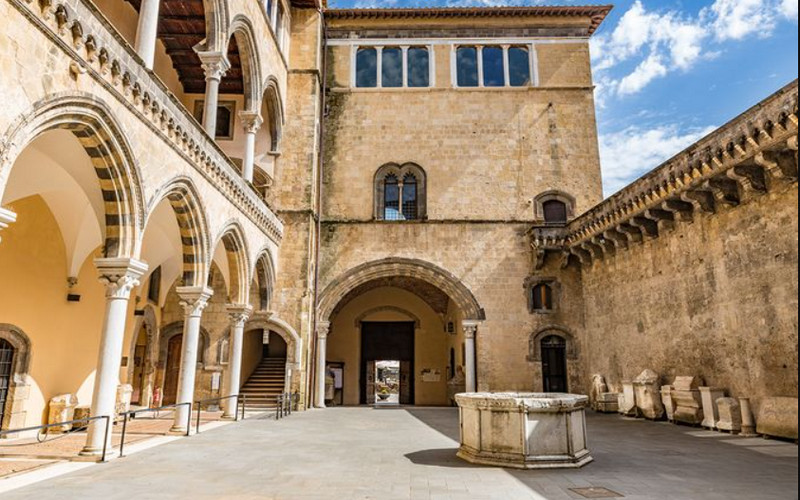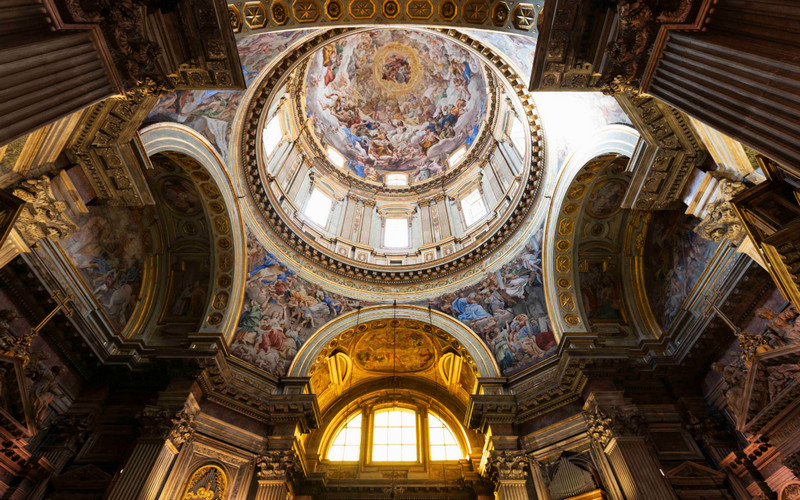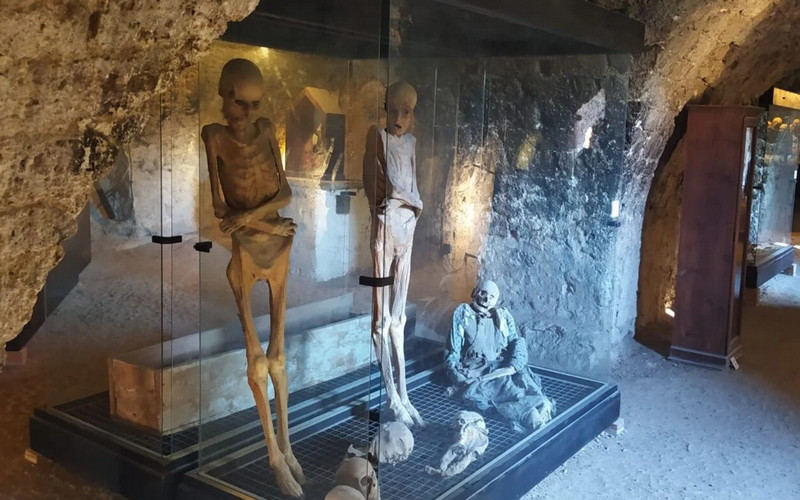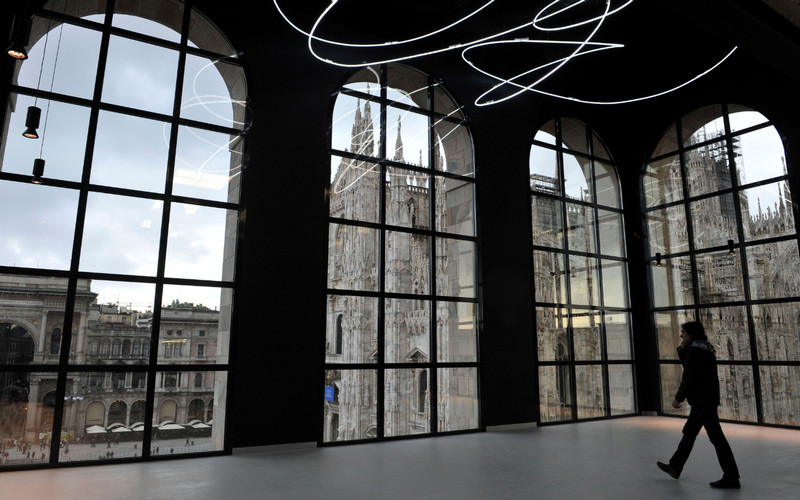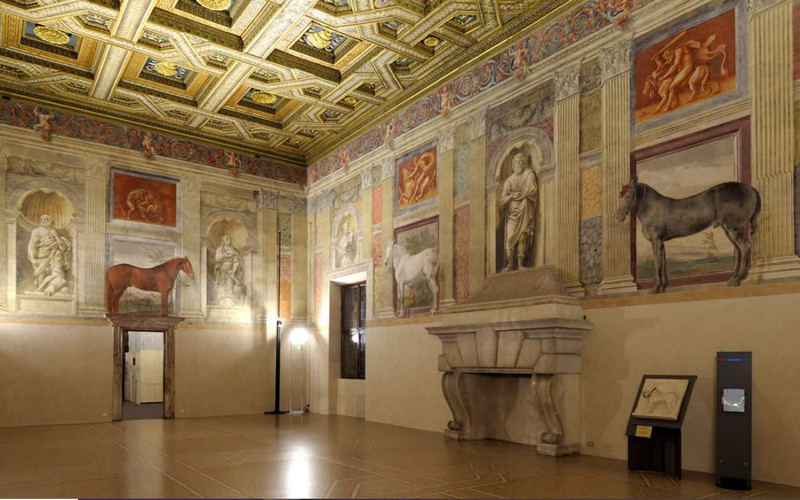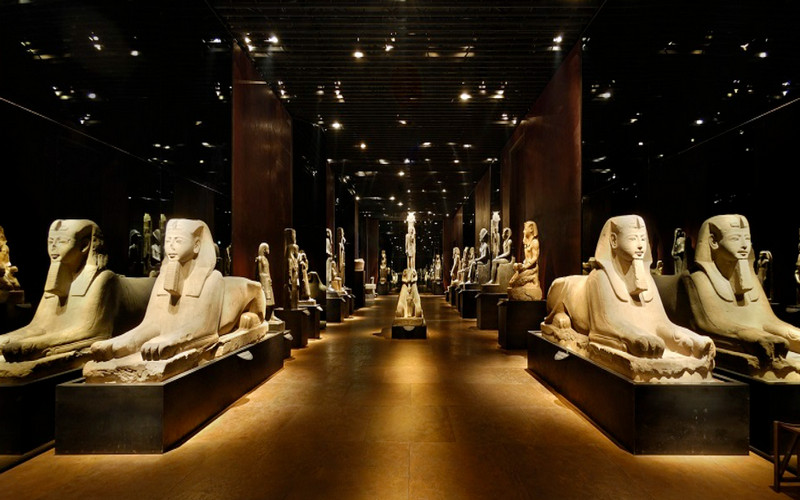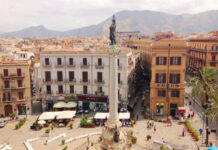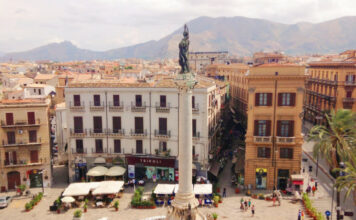Italy is home to some of the world’s most famous museums—think the Uffizi Gallery in Florence or the Vatican Museums in Rome. But beyond the crowds and velvet ropes lies another world: Italy’s hidden museums. These lesser-known gems may not make the average tourist’s checklist, but they hold some of the most fascinating, bizarre, and downright jaw-dropping collections in the country. From medieval surgical tools to ancient Egyptian relics and secret libraries, here are 10 hidden museums in Italy with mind-blowing collections that deserve your attention.
1. Museo delle Anime del Purgatorio (Rome)
Translation: Museum of the Souls in Purgatory
Tucked away inside the Church of the Sacred Heart of Suffrage along the Tiber River, this tiny and eerie museum is dedicated to souls stuck between heaven and hell. The exhibit displays scorched prayer books, clothing, and other objects said to be touched or marked by the hands of spirits begging for prayers. Whether you’re a skeptic or a believer, this place is spine-tinglingly unique.
2. Museo Nazionale della Pasta Alimentare (Rome)
Yes, Italy has an entire museum dedicated to pasta. This little-known spot near Piazza Venezia explores pasta’s evolution over centuries with antique tools, rare pasta shapes, vintage advertisements, and pasta-themed art. It’s both educational and oddly charming—and you’ll never look at a plate of spaghetti the same way again.
3. Museo della Civiltà Contadina (Bentivoglio, near Bologna)
In the heart of Emilia-Romagna’s countryside lies a massive collection chronicling rural Italian life. This museum is set in an old rice mill and includes everything from traditional tools and kitchenware to farm wagons and entire reconstructed rooms. It’s a nostalgic and immersive walk through the peasant world that shaped Italy’s food and identity.
4. Museo di Storia della Medicina (Rome)
History lovers and medical buffs will be captivated by this hidden treasure at La Sapienza University. The museum traces the development of medical science from ancient times to the 20th century. You’ll find everything from mummified body parts to grotesque anatomical models, antique surgical instruments, and even early x-ray machines. It’s not for the squeamish—but absolutely fascinating.
5. Museo Archeologico Nazionale di Tarquinia (Lazio)
Far from the crowds of Pompeii, this quiet museum holds one of the most important Etruscan collections in the world. Housed in a former palace, the museum features vibrant frescoes from ancient tombs, intricate jewelry, funerary urns, and terracotta statues. It’s an eye-opening look at the mysterious civilization that predated the Romans.
6. Museo del Tesoro di San Gennaro (Naples)
Most visitors head straight to Naples’ pizza joints and overlook this stunning museum next to the Naples Cathedral. It houses centuries of precious offerings to the city’s patron saint, San Gennaro. Think crowns encrusted with thousands of gemstones, baroque masterpieces, gold chalices, and silver busts. The treasure’s value is said to rival that of the British Crown Jewels.
7. Museo delle Mummie (Ferentillo, Umbria)
Yes, you read that right—Italy has a mummy museum. Located in a crypt beneath a church in the tiny town of Ferentillo, this chilling spot showcases naturally mummified bodies dating back hundreds of years. The unique microclimate of the crypt preserved the corpses in eerie detail. It’s a macabre but fascinating reminder of the passage of time.
8. Museo del Novecento (Milan)
Often overshadowed by Milan’s fashion scene and the nearby Duomo, this museum houses a stunning collection of 20th-century Italian art. You’ll find works by Boccioni, Fontana, De Chirico, and other modern masters. The best part? The final room opens to a jaw-dropping view of the cathedral from a glass wall—art inside, art outside.
9. Museo Civico di Palazzo Te (Mantua)
Palazzo Te itself is a masterpiece of Renaissance architecture and illusionistic frescoes, but its museum remains underappreciated. Aside from the famed “Room of the Giants,” which wraps visitors in a swirling fresco of mythological chaos, the museum houses ancient Roman artifacts, rare books, and obscure paintings that would be blockbuster items elsewhere.
10. Museo Egizio di Torino (Turin)
While not exactly unknown in scholarly circles, the Egyptian Museum in Turin is criminally overlooked by most travelers. It boasts one of the most significant collections of Egyptian antiquities outside of Cairo—including mummies, sarcophagi, and entire reconstructed tombs. Quiet, sophisticated, and deeply immersive, it’s a must for lovers of ancient history.
Italy’s artistic and historical depth doesn’t end at the Vatican or Florence’s Renaissance treasures. These hidden museums offer an entirely different—and often more intimate—perspective on the country’s past. They reveal how Italy’s story is not only written in marble statues and grand cathedrals but also in forgotten surgical tools, rural traditions, spiritual folklore, and cryptic tombs.
So next time you plan a trip to Italy, dare to veer off the beaten path. Trade the crowds for curiosity, and you’ll find that some of the most mind-blowing treasures are hiding in plain sight—behind unmarked doors, under old churches, or down cobbled alleys waiting to be discovered.
